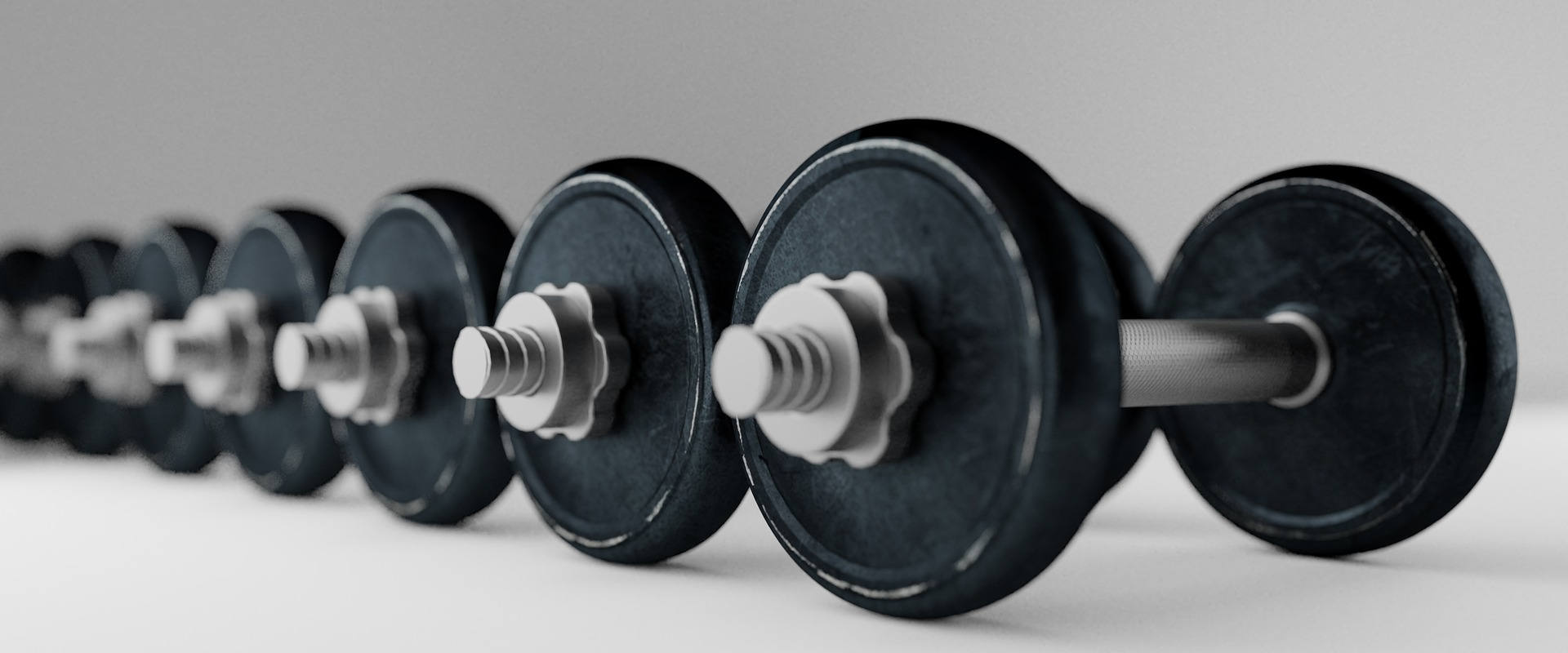If you’re looking to push past plateaus and continuously improve your fitness, progressive overload is the key. The principle of progressive overload in training involves gradually increasing the demands placed on your body to stimulate adaptation and drive progress. In this blog post, we’ll delve into the concept of progressive overload, explore its benefits, and provide evidence-based insights to help you implement this principle effectively and achieve new heights in your training.
Understanding Progressive Overload
Progressive overload refers to the systematic and gradual increase in training stimulus over time. By challenging your body with progressively higher intensity, volume, or duration, you force it to adapt and grow stronger. This principle applies to various aspects of training, including resistance training, cardiovascular exercise, and even flexibility training.
Stimulating Adaptation
Progressive overload provides the stimulus necessary for physiological adaptations to occur. By continually pushing your body beyond its current capabilities, you create an environment that promotes muscular strength, endurance, cardiovascular fitness, and other desired outcomes. As your body adapts to the increased demands, what was once challenging becomes the new norm, prompting further progress.
Methods of Progressive Overload
There are several ways to implement progressive overload:
- Increasing Resistance: Gradually increasing the weight or resistance used during strength training exercises challenges your muscles and promotes strength gains.
- Manipulating Volume: Increasing the number of sets, repetitions, or overall training volume can induce overload, stimulating muscle growth and endurance improvements.
- Enhancing Intensity: Progressively pushing yourself to work at higher intensities, such as increasing your running pace or lifting heavier weights, can lead to greater fitness gains.
- Modifying Frequency: Adjusting the frequency of training sessions, such as adding an extra day of workouts per week, can increase the overall training stimulus and promote adaptation.
Evidence of Effectiveness
Research supports the effectiveness of progressive overload in promoting fitness improvements. A study published in the Journal of Strength and Conditioning Research found that progressive resistance training led to greater strength gains compared to non-progressive training methods (1). Similarly, a systematic review of endurance training studies highlighted the importance of progressively increasing training volume and intensity to enhance cardiovascular fitness (2).
The Legend of Milo of Croton
An ancient example of progressive overload is the legendary story of Milo of Croton, a renowned Greek athlete. According to the tale, Milo carried a newborn calf on his shoulders and repeated this act daily. As the calf grew in size, Milo’s strength also increased. This story exemplifies the concept of progressive overload, as Milo gradually increased the weight he carried, pushing his muscles to adapt and grow stronger.
To continue making progress in your training journey, embracing progressive overload is essential. By consistently challenging your body with increased demands, you can stimulate adaptation and achieve new levels of strength, endurance, and overall fitness. Remember to implement progressive overload gradually and listen to your body to prevent overtraining and minimize the risk of injury.
References:
- Morton RW, et al. Resistance training vs. static stretching: Effects on flexibility and strength. J Strength Cond Res. 2011;25(12):3391-3398.
- Grgic J, Schoenfeld BJ, Latella C, et al. Resistance training frequency and skeletal muscle hypertrophy: A review of available evidence. J Sci Med Sport. 2018;21(10):1017-1024.
- Grgic J, Schoenfeld BJ, Latella C, et al. Resistance training frequency and skeletal muscle hypertrophy: A review of available evidence. J Sci Med Sport. 2018;21(10):1017-1024.

